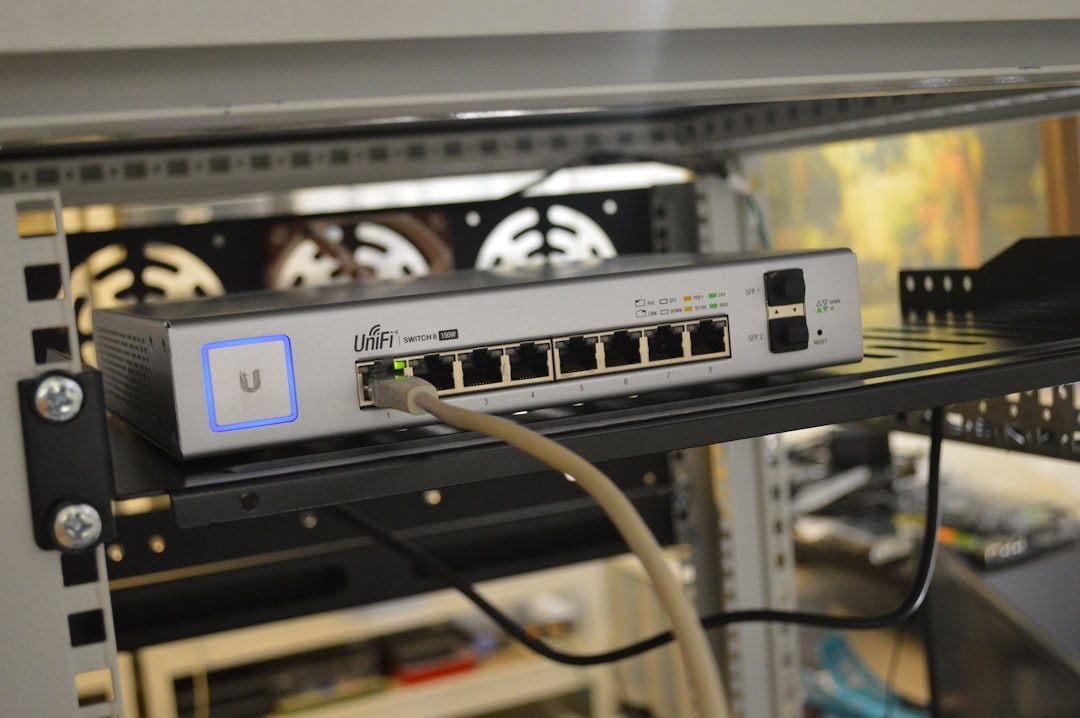Ever tried running your Discord bot or tool and got blocked? Or maybe you just want to keep your activity under the radar? Using proxies on Discord can help. But be careful—if not done right, you might get banned. Let’s break it down in a fun and simple way!
What is a Proxy, Anyway?
A proxy is like a middleman. Instead of connecting directly to Discord, you go through the proxy. This hides your real IP address and gives you another one to use.
Think of it as wearing a mask at a party. No one knows who you really are, but you can still dance and enjoy the snacks!
Why Use a Proxy for Discord?
Here are some common reasons:
- Bypass IP bans
- Avoid rate limits
- Run multiple bots or accounts
- Mask your location
That sounds great! But wait—there’s a catch.
Discord is Smart!
Yes, Discord has clever systems to spot suspicious activity. If they see something weird—like tons of messages from one IP—they might block or ban that IP.
So, to stay safe, we need some solid proxy basics.
Types of Proxies You Can Use
Not all proxies are created equal. Here are the main types:
- Datacenter Proxies – Cheap and fast, but easy for Discord to detect.
- Residential Proxies – Real user IPs. Much safer, but more expensive.
- Mobile Proxies – Very safe and hard to block, but also slow and pricey.

Proxy Tips to Avoid Getting Blocked
Want to fly under the radar? Here are some tips to avoid blocks:
- Use Residential or Mobile Proxies. These look more like real users.
- Rotate IPs. Don’t send tons of requests from one IP. Change it up using a rotating proxy service.
- Respect Rate Limits. Follow Discord’s guidelines. Don’t spam the API.
- Use User Agents. Always send a proper user agent string. This mimics a real browser or app.
What is IP Rotation?
Imagine sending 100 messages from one IP in one minute. Discord may say, “Whoa, that’s fishy!”
With IP rotation, you use a different IP each time—or after a set number of requests. It’s like having a team of people each send one message instead of one person sending 100.

Don’t Forget About Headers!
When sending requests to Discord, your headers matter. Discord looks at request patterns to detect bots.
Always include headers like:
- User-Agent
- Authorization (your token)
- Content-Type
Use realistic headers. If they look fake or broken, Discord might grow suspicious.
Best Practices Recap
Let’s wrap it up with a quick checklist:
- ✅ Use good-quality residential or mobile proxies
- ✅ Rotate IPs regularly
- ✅ Play nice—don’t spam
- ✅ Use realistic headers
- ✅ Follow Discord’s rate limits
- ✅ Don’t use the same IP across multiple bots
Bonus Tip: Watch for Captchas
If your bot or tool starts getting captchas, that’s a red flag. Discord thinks you’re a bot (which… you are). But the wrong kind! Time to check your proxy setup.

Final Thoughts
Proxies can be super helpful—if you use them the right way. Think of them like ninja gear. Sneaky and cool, but also a little dangerous if you’re not careful.
Take your time, plan your setup, and test before launching anything big. And most of all—respect the Discord platform. That’s the best way to avoid blocks and keep your project running smoothly.
Happy stealthy chatting!




